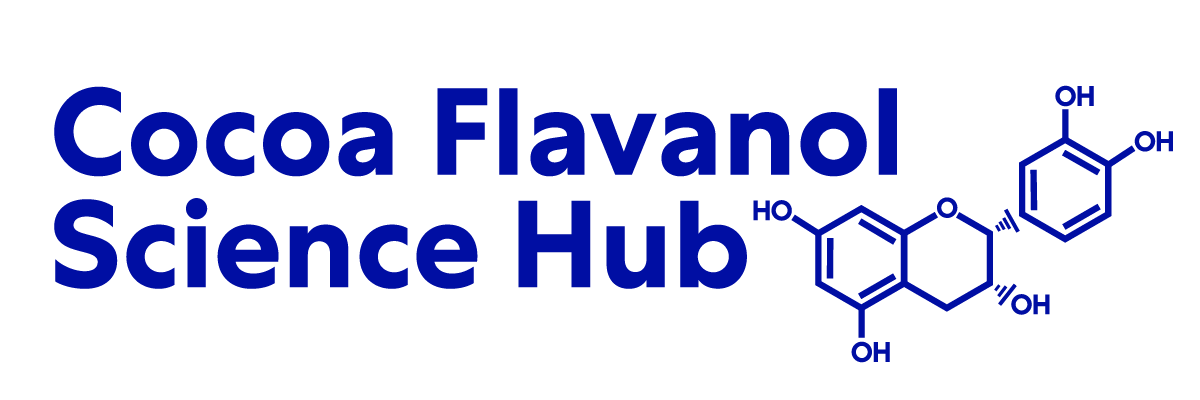Fractionation of polymeric procyanidins from lowbush blueberry and quantification of procyanidins in selected foods with an optimized normal-phase HPLC-MS fluorescent detection method.
The polymeric procyanidins were fractionated from lowbush blueberry on a Sephadex LH-20 column. The degree of polymerization (DP) for the polymers was determined by thiolysis to be in a range of 19.9 to 114.1. Normal-phase HPLC analysis indicated that the polymeric procyanidins did not contain oligomeric procyanidins with DP < 10. The polymers eluted as a single peak at the end of the chromatogram. The normal-phase HPLC gradient was modified to improve the separation of procyanidin monomers through decamers and to elute all the polymers beyond those as a distinct peak. Monomers through decamers were quantified individually. All the polymers (DP > 10) were quantified using a mixture of purified polymers as an external standard. Polymers were found to be the dominant procyanidins in brown sorghum bran, cranberry, and blueberry. Thiolysis of the polymer peaks indicated that epicatechin was present as extension units in these foods, however, the composition of terminal units varied considerably between catechin and epicatechin, or an A-type dimer linkage in the case of cranberry.
See the Full Study > (opens in a new tab)









